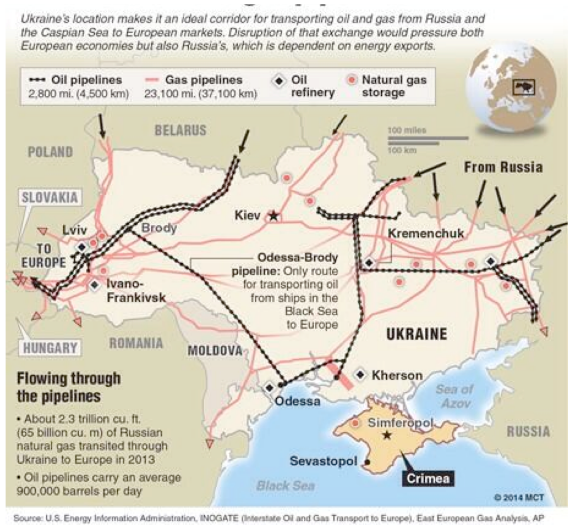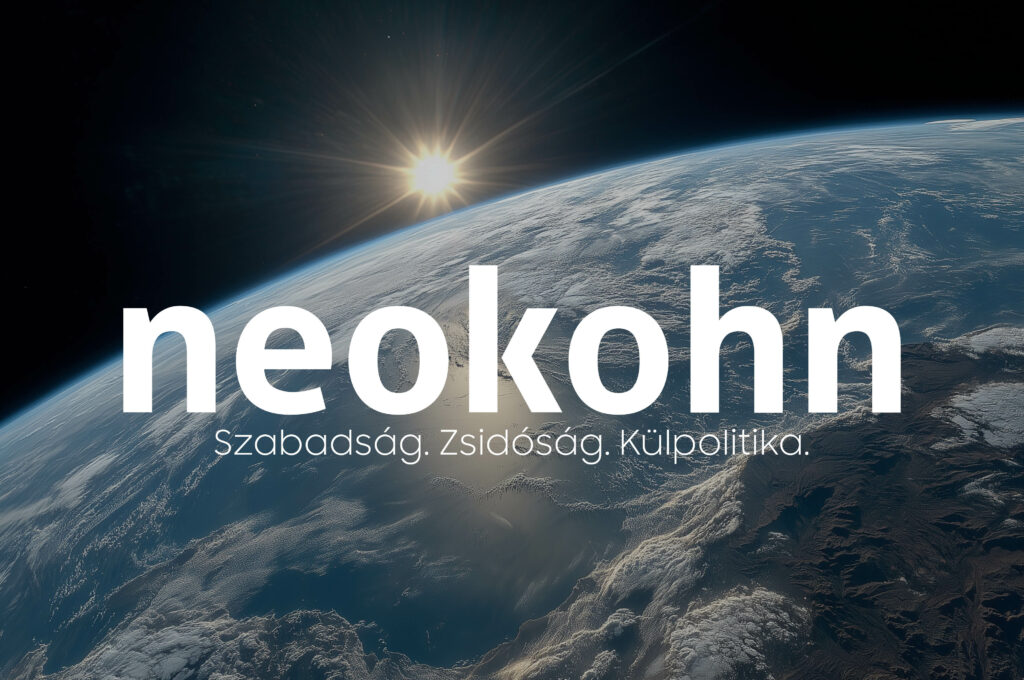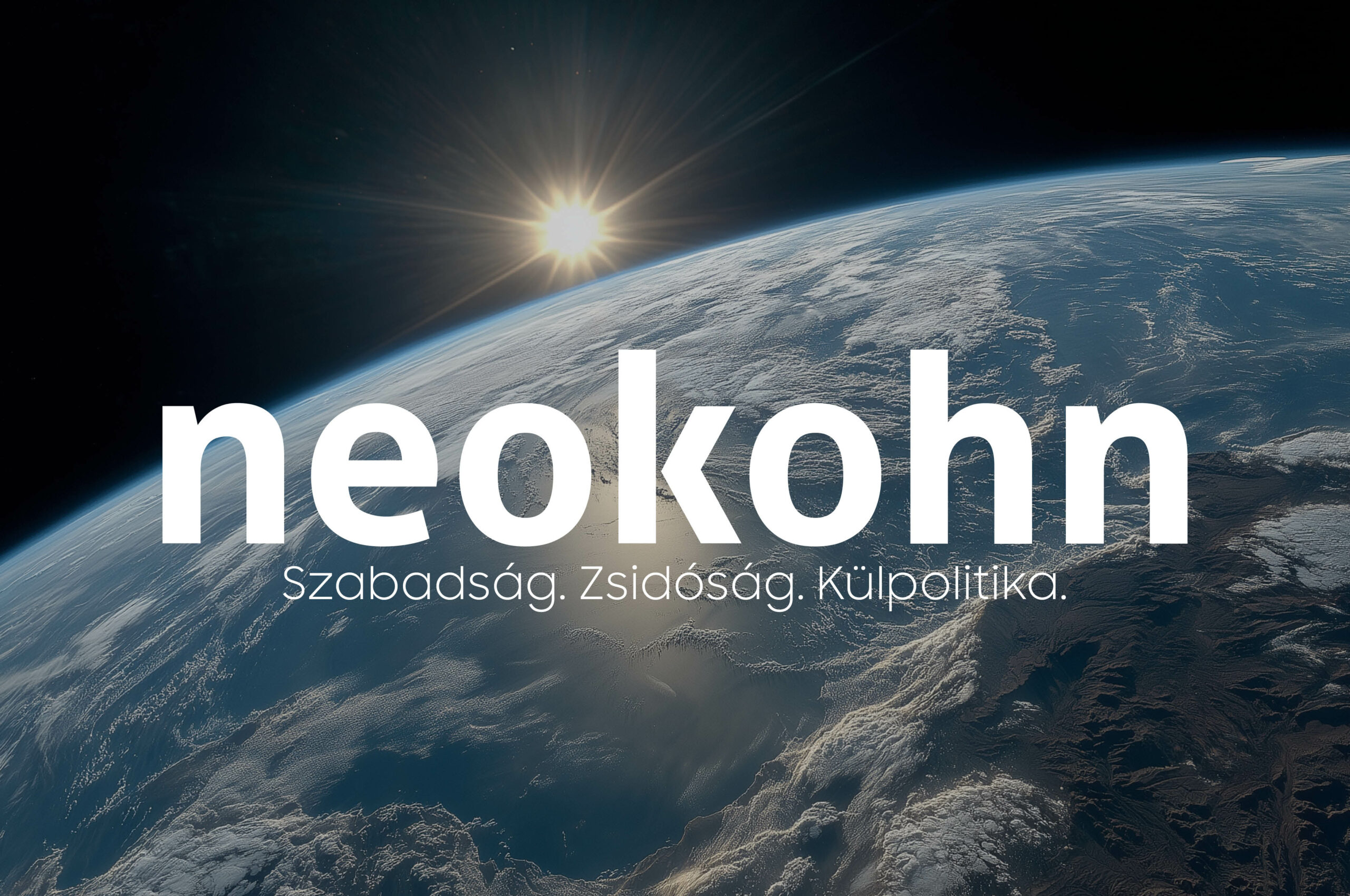Every security or intelligence bureaucracy that cares a jot about itself makes sure that its organizational chart has a subdivision where the skeptics, the smart alecks and the heretics are banished. Analysis by Robert C. Castel.
This subclass is the „mirror, mirror” that dares to tell the truth to the queen’s face, and whose main task is to drill holes in the concepts hammered out on the anvil of groupthink. In Western organizations, these groups are known as the „Devil’s Advocate,” and in Israel they go by the name of „ifcha misztabra” („Perhaps the opposite is true” – Aramaic expression). Although they have similar functions, there is an important difference between the two: While the „Devil’s Advocate” usually tries to challenge the axioms of an existing concept, the „ifcha misztabra” is expected to come up with one or more alternative concepts beyond the dismantling of the dominant gestalt.
The prevailing concept of the current Russian-Ukrainian war is that the victory of the Ukrainian side is a historical necessity. This axiom of necessity dictates the obligatory optimism that is not to be resisted, not to be questioned, and to be feared.
Unfortunately, however, I would find it very difficult to share this obligatory, unbroken optimism, and I am too concerned about the idea of a new Cold War to hang my hat on historical necessities. Consequently, I decided, from the first days of the war, that while others were polishing their optimism on TikTok videos, Fukuyama and other futilities, I would take on the thankless but important role of “Devil’s Advocate.”
In my analyses so far, I have talked about the geopolitical, demographic and nuclear variables that make it highly unlikely Ukraine will emerge victorious from this war. To these variables I would now like to add a fourth: the role of energy, and within that, the role of fuels.
In contrast to the previous variables, however, I will point to a not insignificant ray of hope in the area of fuels.
Oil wars
Stripped of the trappings of modern beliefs, energy is nothing more than the ability of a body to work. This body can be an object, a person, a military unit, or even a country. Without energy, these bodies lose their ability to have an impact on their environment.
This rather banal observation forms the basis of geopolitics’ forced conceptions of energy. In an anarchic international system, competition for scarce resources is one of the most important purposes:
- Securing energy resources for ourselves
- Depriving our adversaries of them
Regardless of where you turn to in the history book, on almost every page you see the practical application of these geopolitical principles of energy. The German and Japanese grand strategic decisions in World War II, the U.S. fixation with the Middle East, and Sino-Iranian relations would be very difficult to understand without an understanding of the role of energy. A curious bastardization of this energy-centric perspective is the prevailing European view that every move the U.S.A. makes in the international system is driven by oil interests. Emily Meierding’s 2020 book, “The Oil Wars Myth,” makes a valiant effort to present a more balanced view of the role of energy, and oil in particular, in the wars of our time.
Applying this more moderate approach to the Ukrainian-Russian conflict, we can say that the energy transition played an undeniable role in the outbreak of the war, and an even more important role in determining which side will ultimately emerge victorious. At the same time, we must be wary of trying to reduce the whole war to energy considerations.
Since petroleum-based fuels — petrol, diesel and kerosene-based JP-8 used in aircraft — have a much greater direct impact on the course of the war than natural gas, coal or nuclear energy, our analysis will focus on this segment.
What is the reason for this differentiation? The inconvenient fact that energy sources cannot automatically substitute for each other. They cannot be used like LEGO bricks, and switching from one to the other is either impossible or can only be done at great cost. A thermal power plant, for example, can be converted from coal-fired to natural gas-fired at great expense, but it is currently impossible to run a tank or a helicopter on electricity.
Modern war is unthinkable without vehicles that allow military forces to move around. Since these vehicles are equipped with internal combustion engines, with very few exceptions, the most important energy sources for warfare are the aforementioned petroleum derivatives. If they are not available in the right place, at the right time and in the right quantities, modern forms of warfare will be impossible.
As we will see, in the case of Ukraine, this is a bottleneck that is very difficult — but perhaps not impossible — to change in a short time.
Ukraine’s fuel economy
Ukraine is the second-largest country in Europe in terms of land mass, and its fuel needs are commensurate with this. In the year before the war, the country consumed 7 million tons of diesel, 2 million tons of petrol, 2 million tons of liquefied natural gas and 360,000 tons of kerosene/jet fuel. The country’s daily oil production is around 33,000 barrels, which was only 38% of Ukraine’s diesel consumption last year and 56% of its gasoline consumption. Ukraine is only able to self-supply 26% of its natural gas consumption.
The above raises the question:
From where did Ukraine make up for this shortfall?
The very disturbing answer is that a significant part of it came from Russia and Belarus, which is allied with Russia. After 2015, Ukraine made every effort to become independent of Russian energy imports, which at that time accounted for an even higher proportion, and sourced a significant proportion of its oil imports from Azerbaijan and Kazakhstan instead.

Ukraine has developed an infrastructure covering half a continent to receive, refine and distribute all these products. The backbone of this infrastructure was a system of internal oil pipelines to the west and east, linked by an oil pipeline between Odessa and Snihurivka. In addition to the internal systems, it is worth mentioning the southern branch of the Friendship pipeline across the western part of the country and the three main pipelines linking Ukraine with Russia.
Between 2005 and 2021, six of Ukraine’s seven oil refineries were shut down. On the eve of the war, the country relied solely on the Kremenchuk refinery. The third most important hub in Ukraine’s fuel infrastructure is the oil terminal at the port of Odessa, which received imports from Azerbaijan and Kazakhstan.
Fuel war against Ukraine
It is a fashionable sport nowadays to berate the Russian military leadership for its mistakes and errors. This criticism is fully justified. But it would be a mistake to conclude that Russia has forgotten how to wage war systematically. After the initial chaos, the Russians very quickly realized that one of the most critical bottlenecks for the Ukrainian military machine was the supply of fuel. They therefore set about systematically destroying fuel reserves and infrastructure.
The port of Odessa was blockaded, making it impossible to maintain the import line from Central Asia. Local oil facilities have periodically been under fire, perhaps the worst of which was on April 3, when a refinery and a series of fuel storage tanks were destroyed.
The Kremenchuk oil refinery in the Poltava region has been hit by repeated rocket attacks, most recently on May 12. The facility, with an annual capacity of 18 million tons, was therefore lost.
At the beginning of 2021, Ukraine had 400 million barrels of oil reserves, which the Russians have made serious efforts to destroy. They have launched targeted attacks on Ukrainian oil and fuel storage facilities since the beginning of the war. The exact extent of the damage has not been disclosed, but given the large scale of the stationary targets, it is highly likely that a significant part of the reserves has been destroyed.
But Russia was not content with the systematic destruction of Ukraine’s fuel infrastructure and reserves; it also took a series of indirect actions that put further strain on Ukraine’s stockpiles, in particular, on the militarily vital diesel oil reserves.
What were these actions it took? Perhaps the first worth mentioning was the systematic destruction of the railway overhead power lines. Almost 50% of Ukraine’s railways, some 20,000 km of lines, are electrified. The damage to the overhead lines and the facilities that serve them has forced Ukrainians to use diesel to make up for the lost electric power. Attacks on the Ukrainian national electricity grid, including power plants, have served a similar purpose. Ukraine was forced to replace the lost generation capacity by installing local diesel turbines and generators. Even in this case, we do not have precise figures on the extent of the damage, but perhaps it is enough to quote one expert interviewed who said that „the fuel consumption of a small diesel locomotive is equivalent to the consumption of three tanks.”
The expected effect was not delayed:
More than 60% of civilian petrol stations closed. Images of endless lines of cars waiting for fuel swept the world’s press. Fuel prices — thanks to the dwindling supply — suddenly skyrocketed.
The Ukrainian government and its Western backers, especially Poland, have come up with a whole series of initiatives to try to find a solution to the growing fuel crisis. To add insult to injury, April is traditionally an energy-hungry month in Ukraine due to the start of agricultural work.
In the light of the emerging fuel crisis, most analysts, including the author of this paper, have concluded that
the Ukrainian war effort will be unsustainable in the long term due to a shortage of fuel, including diesel oil, which is vital for military vehicles.
Then again, it is not impossible that we were wrong.
The flower that could save Ukraine
In Ukrainian tradition, the sunflower, the national flower, is a symbol of peace and prosperity. Ukraine is the largest sunflower producer in the world, with an annual production of 17.5 million tons — 23 million tons according to other sources. With such a yield, it is not surprising that Ukraine produces almost half of the world’s sunflower oil, around 7 million tons. Most of this has so far been exported to India and China. However, the blockade of Black Sea ports has caused huge damage to Ukraine’s export trade, including sunflower oil exports.
Paradoxically
it is not impossible that in a few years’ time we will look back on this blockade as Russia’s greatest mistake, which saved Ukraine from a crushing defeat.
How is this possible?
Perhaps we should start with the curiosity that Ukraine’s annual diesel oil demand and annual sunflower oil production are both around 7 million tonnes. As mentioned above, the Ukrainian military effort is unsustainable without diesel oil, which fuels most military vehicles. After the Russian oil war, Ukraine may have very little diesel oil, but thanks to the Black Sea blockade, it has a huge surplus of sunflower oil.
The question is,
can sunflower oil replace the missing diesel oil?
The intuitive answer is yes. It is well known that diesel engines — especially the omnivorous engines of military vehicles — run fine on vegetable oils. But „common knowledge” is deceptive in this case too, because the picture is not that simple.
The full answer is not „yes,” but rather „yes, but…”.
The idea of using vegetable oils in the internal combustion engines of vehicles is not the brainchild of a modern, dark green ideologue, but the invention of Rudolf Diesel, whose roots go back to the first decade of the last century. Diesel’s idea is one of those innovations that mankind forgets about during the seven fat years, only to revisit in times of oil shortages. Over the last 140 years, we have gained a fair amount of experience in this field and we know both the advantages and disadvantages of the solution.
If you put clean and untreated sunflower oil into a conventional, unmodified diesel engine, you can expect a number of unpleasant consequences. While most engines will digest this thicker, more viscous fuel without a murmur, over time it will become a source of serious technical problems and the life of the engine will be shortened by a sunflower diet. An even more important limiting factor is that at minus 18 degrees Celsius, sunflower oil solidifies completely, with some of its components doing the same at minus 5 degrees. This means that in Ukraine, this option will no longer be viable around November.
The simplest solution is to mix additives with sunflower oil. This can improve the physical properties of the fuel somewhat, but technical problems still need to be taken into account. Another popular solution is to heat treat the oil.
The ideal solution is much more complicated. It requires engine modifications: running two parallel fuel systems — diesel and sunflower oil — and installing heated tanks and lines for the vegetable oil.
Sunflower oil does have a number of advantages. The infrastructure is much more decentralized than for fossil fuels and therefore more difficult to attack. In all likelihood, the Russian intelligence agencies that compiled its targets spent much less time and effort mapping the infrastructure for Ukrainian sunflower oil than they did for conventional fuels.
Another advantage is that, unlike coal mining, for example, sunflower production is not confined to a narrow region, but takes place over a large part of the country.

Can the Ukrainian national flower save Ukraine?
This is a very difficult question to answer.
But it is very likely that the Russo-Ukrainian war will always be remembered as the first “deep green” war of mankind, when “black gold” was exchanged for sunflower seeds.
Robert C. Castel összes cikkét elolvashatja itt.


